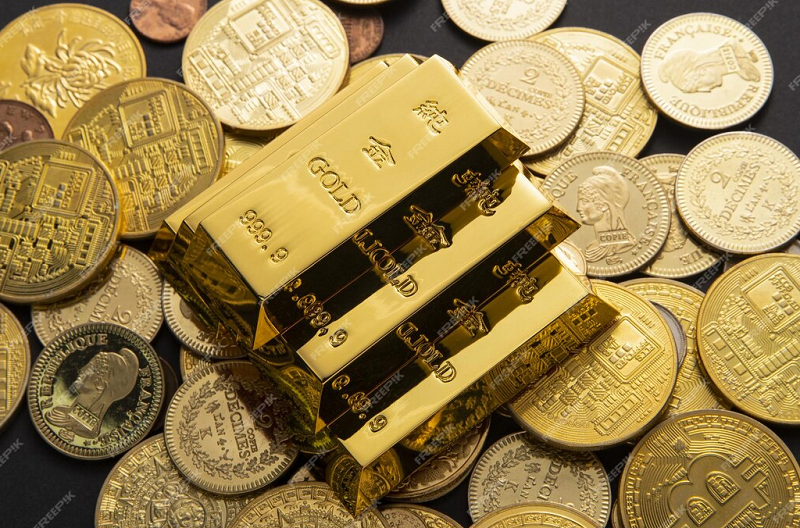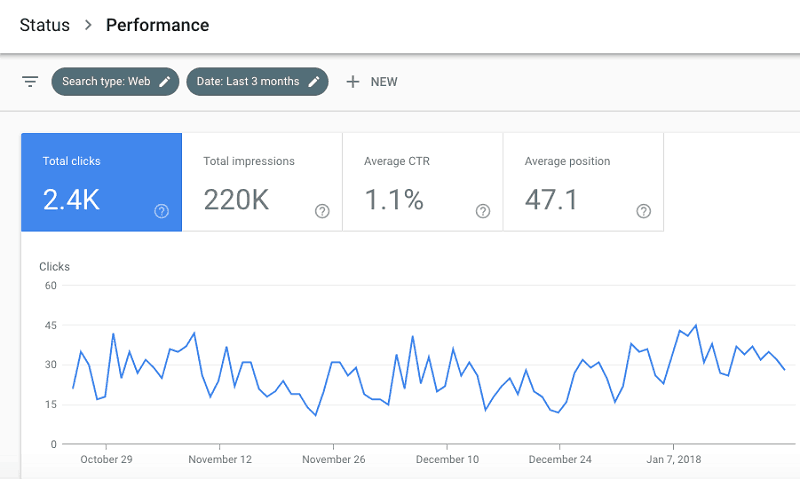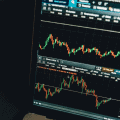If you’re reading this, it’s because you’re not content doing what everyone else does. When it comes to investing performance, you want more. Eight percent returns just aren’t enough. You’re motivated to succeed and want to see your finances grow faster so that you can achieve financial independence, security for your family, early retirement, or any number of financial goals.
Active investing is a strategy that involves buying and selling assets with the goal of beating markets. It’s a high-risk activity, and it can be easier to lose money than earn it. However, many active investors are drawn to the possibility of outperforming the market and the satisfaction of doing it themselves.
However, for most everyday consumers, the smartest way to actively invest is with house money. You can do irreparable harm to your financial situation if you actively invest your retirement fund. If you want to invest safely, start small and invest money that you can afford to lose.
What should you do with the rest of your savings? Creating a secure, lower-risk foundation is the best way to go if you are going to pursue active investing.

Image credit: freepik
Table of Contents
Bullion
Precious metal bullion is among the most secure assets that you can invest in. You can invest in bullion, such as gold, via several methods. If you want to invest all digitally, a gold ETF allows you to gain exposure to bullion, although you will have to pay fees similar to other Exchange-Traded Funds. You can also invest in physical bullion, including gold bars and coins. They’re easily acquired with the help of bullion dealers like Global Bullion Suppliers, and they provide you with more control over your assets than funds managed by someone else.
Gold provides a level of confidence and stability. It’s an inflation hedge and its values are largely independent of the stock market.
Mutual Funds and ETFs
Most mutual funds and Exchanged-Traded Funds are designed around the goal of matching the market. Why should someone interested in active investing still have a strong foundation in mutual funds or ETFs? The answer is simple: secure growth.
While many of these funds may match market growth, the best ones also mitigate potential downsides. Financial advisors who sell these products to their clients often compare them based on their performance during recessions or stock market crashes. They’re looking for funds that perform best when market conditions are bad.
Investing in a fund like this can protect you from downsides. Mutual funds and ETFs provide regular, reliable growth.
Bonds and Certificate Deposits
Some of the lowest-risk investments you can make are bonds and certificate deposits that offer a guaranteed return. Incorporating these assets into your portfolio can be important if you are engaged in higher-risk investment activities like day trading or cryptocurrency trading.
Bonds and certificate deposits are, effectively, loans that you make to corporations or governments in exchange for a promised interest rate over a particular period of time. When it comes to bonds, there is the risk that the borrower may default, although higher-risk bonds offer higher interest rates.
Bonds and CDs are great for stability, but they can underperform in a high-inflationary environment.
These investments can give you the foundation you need to take more risks when you invest more actively.
























